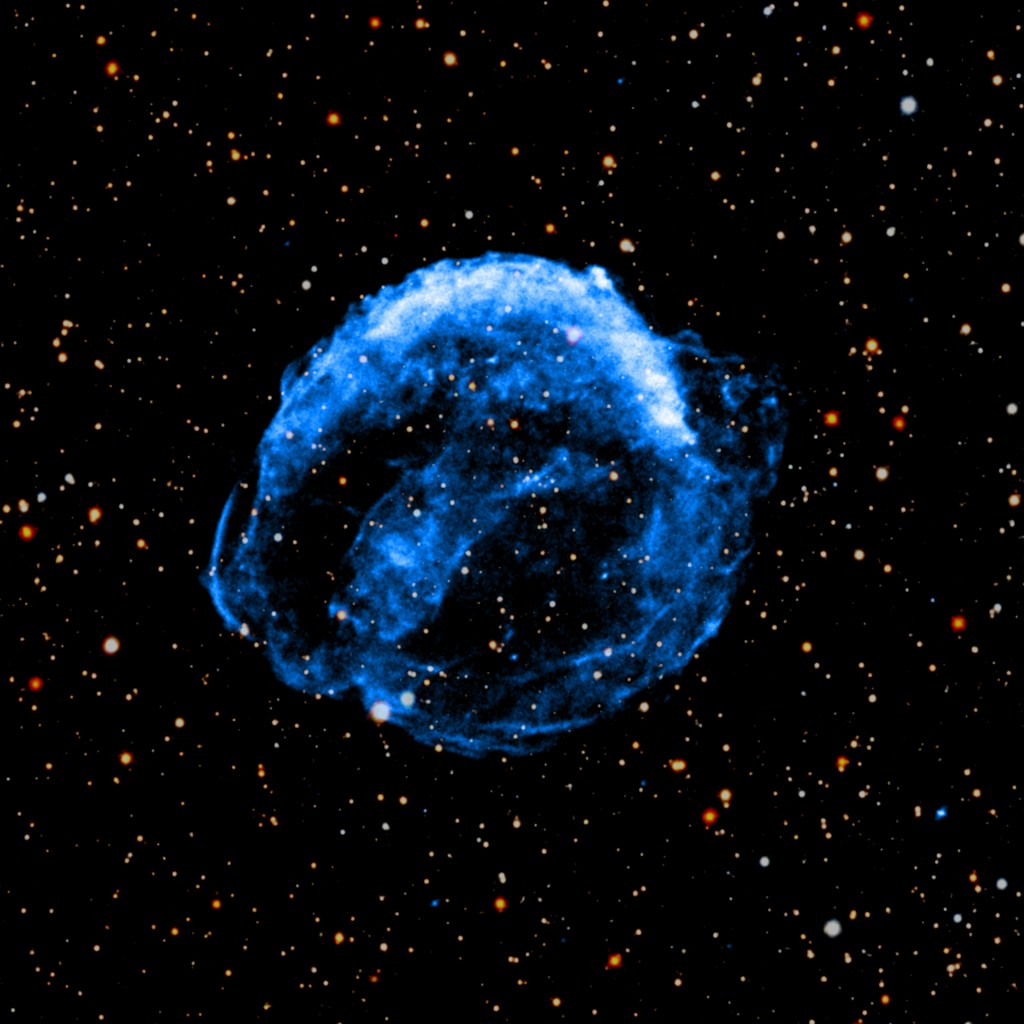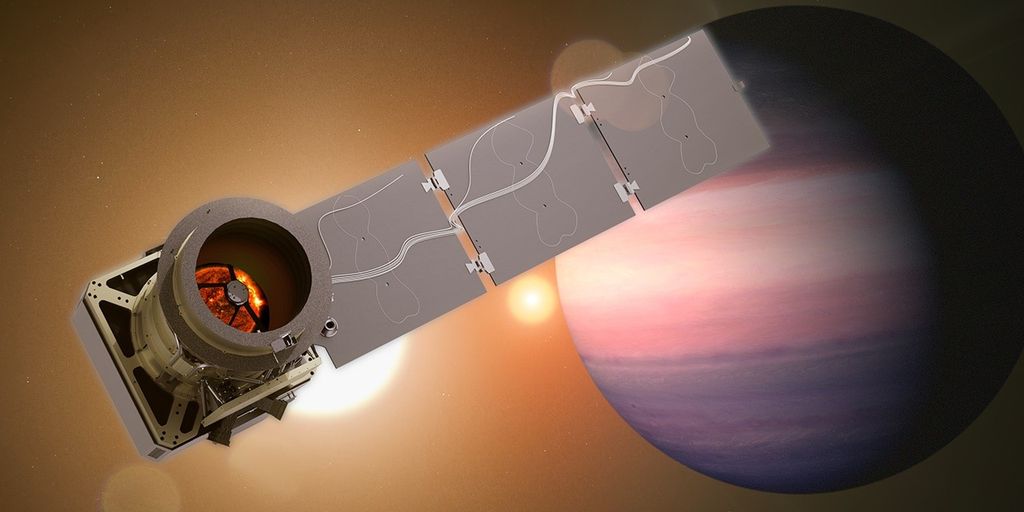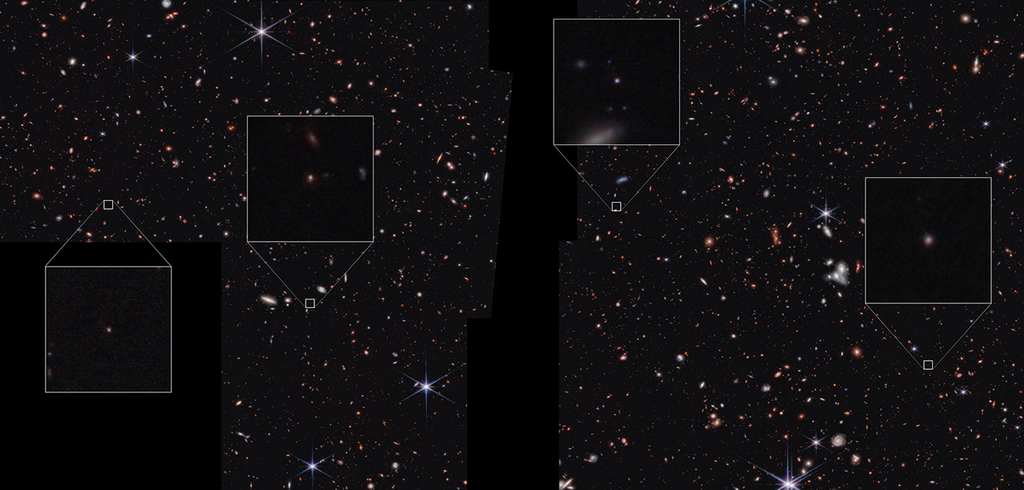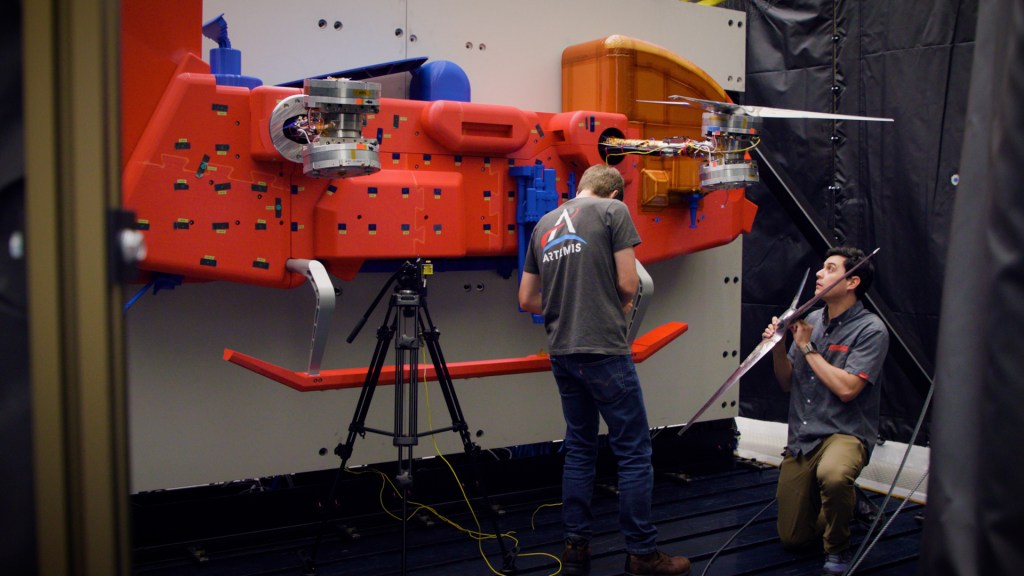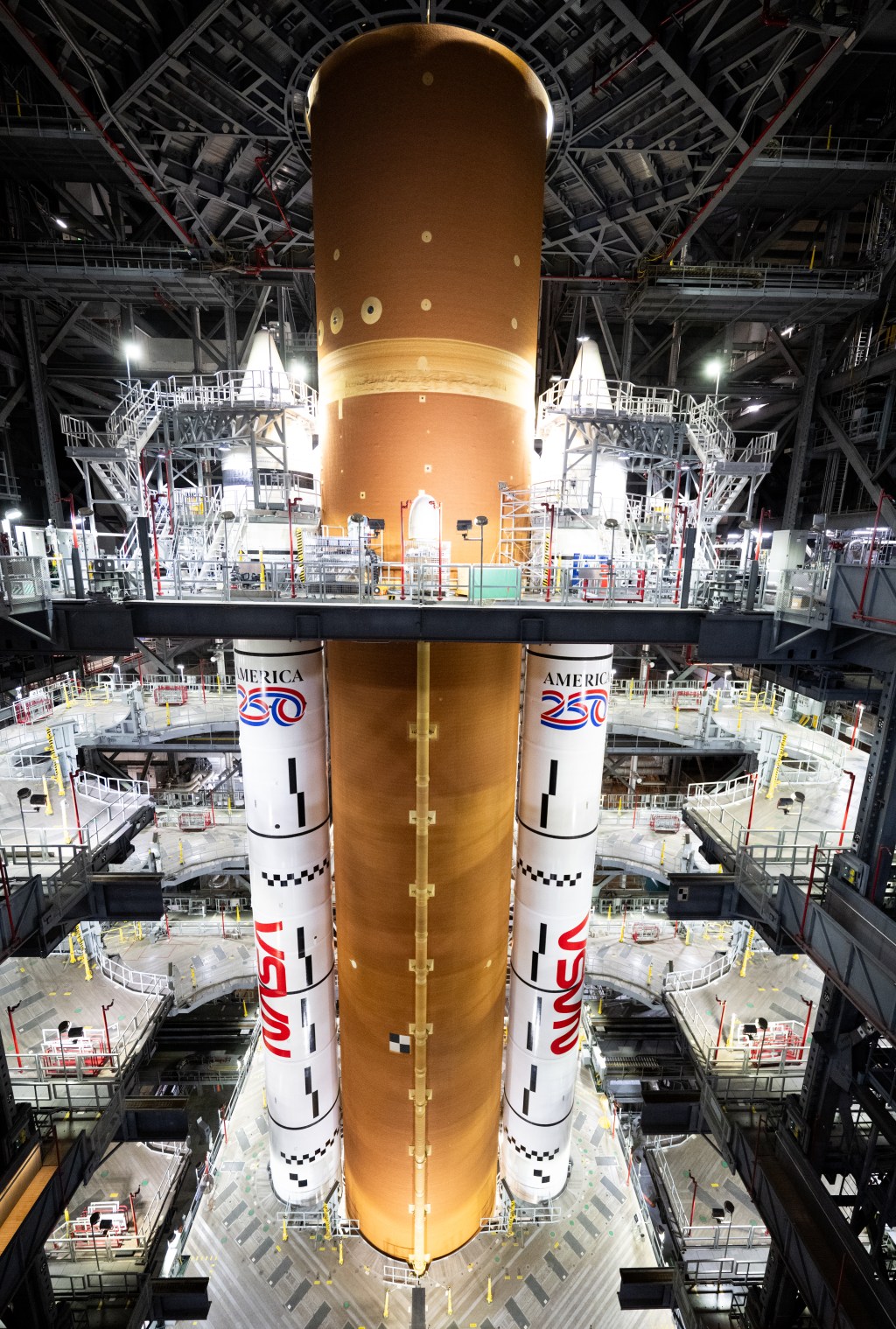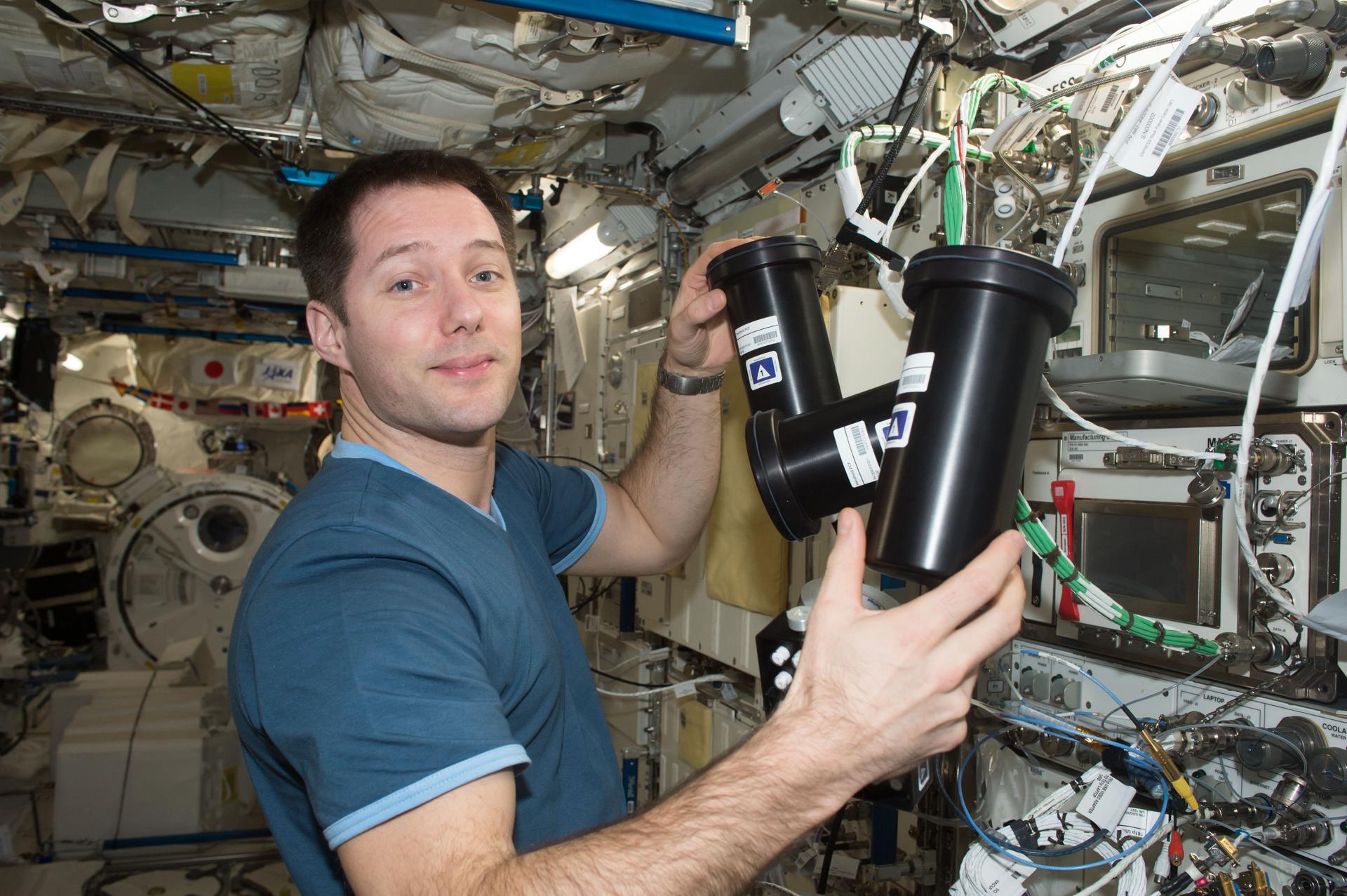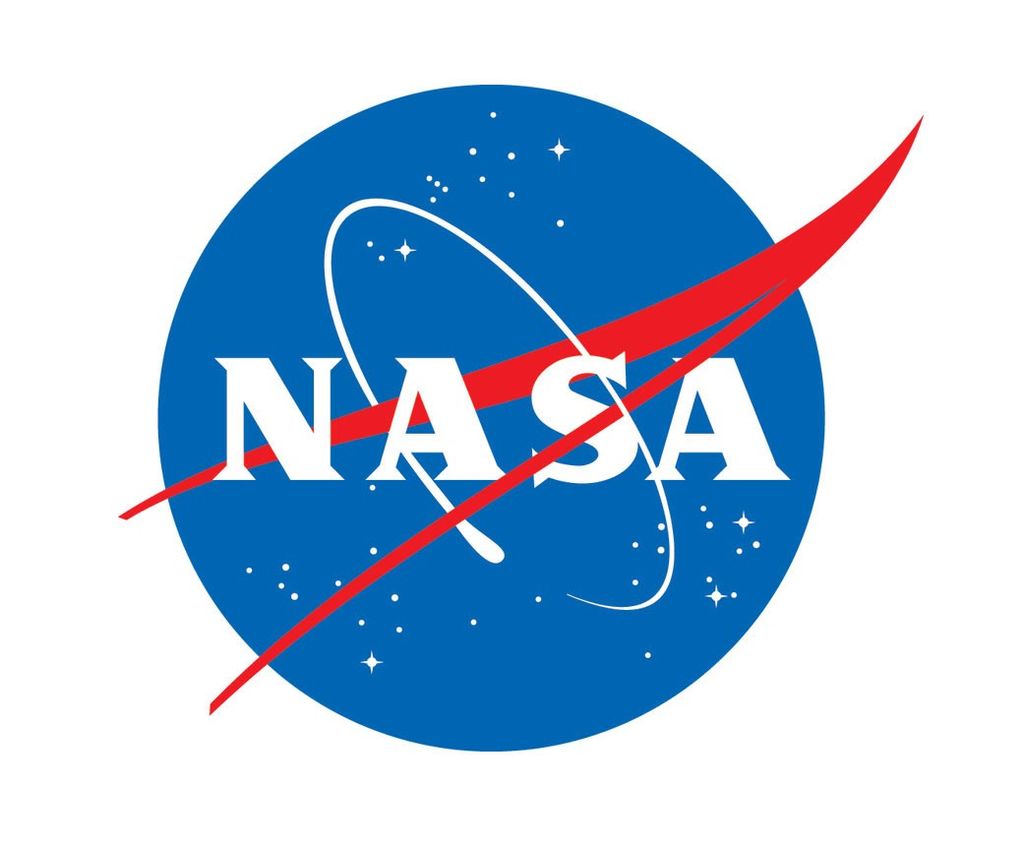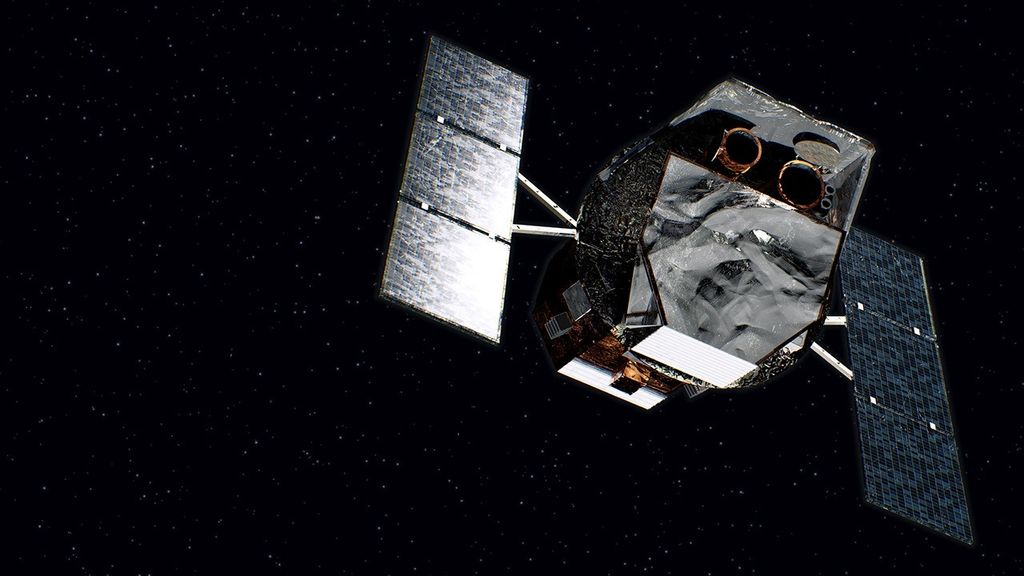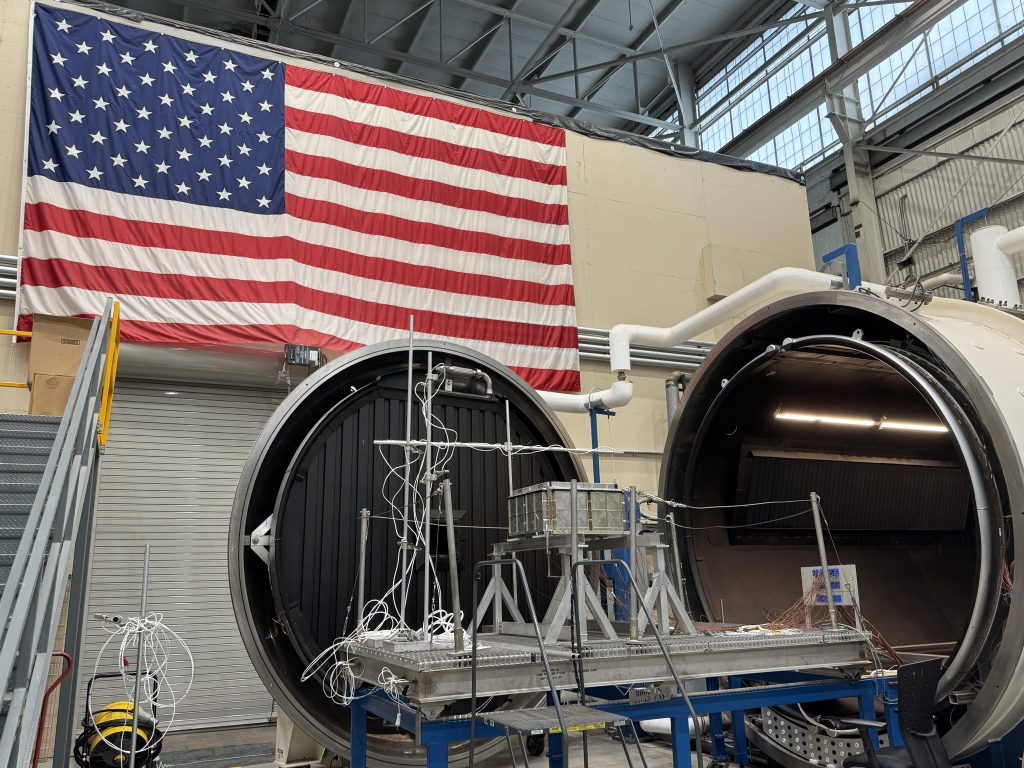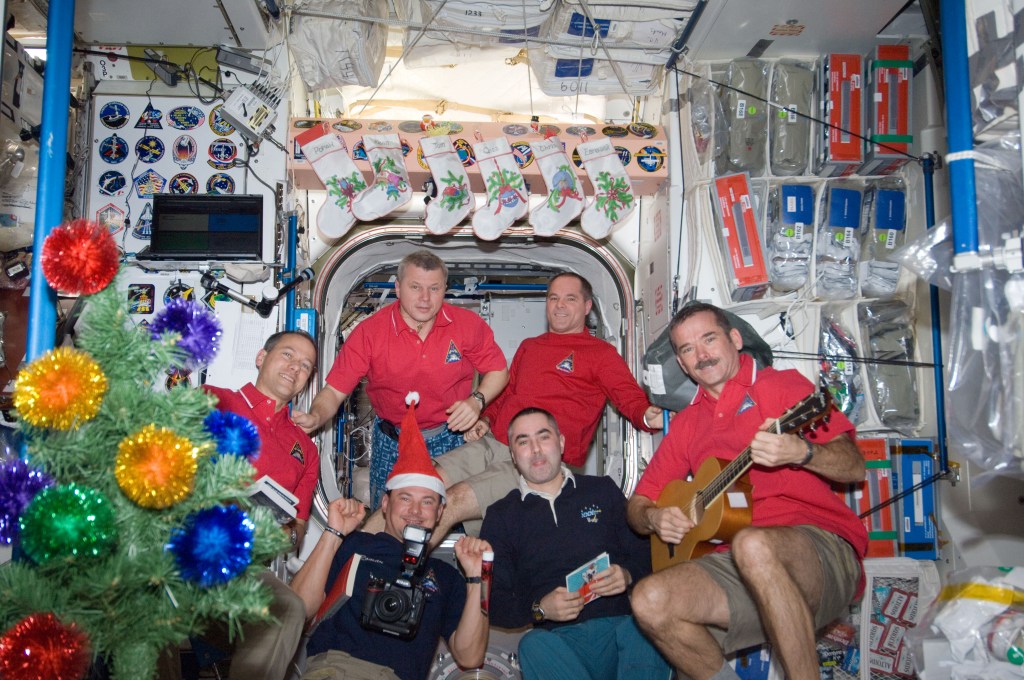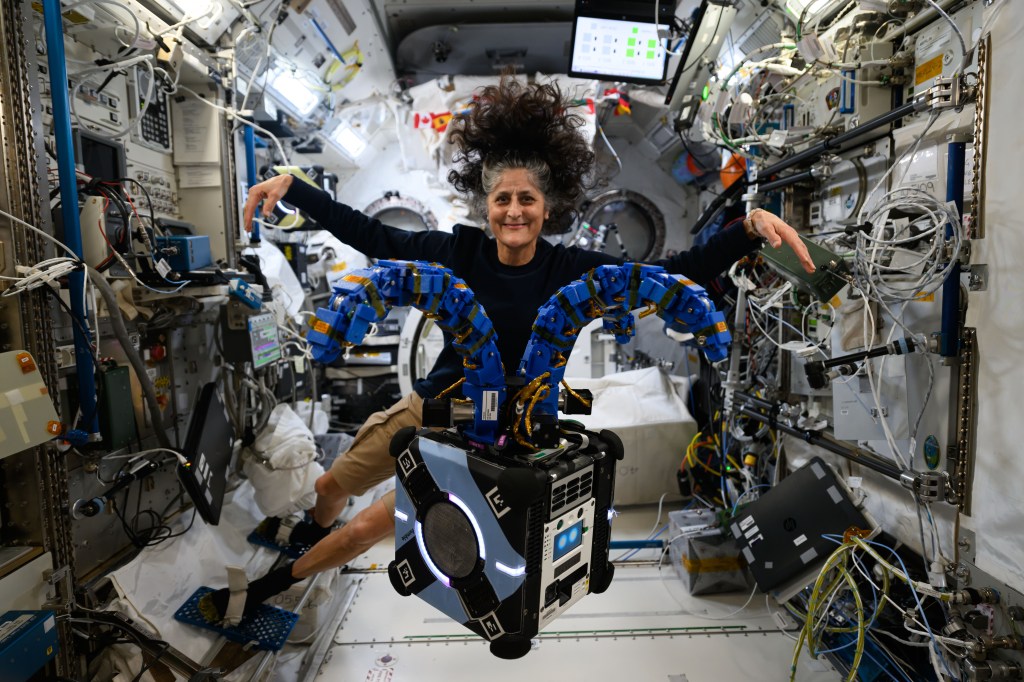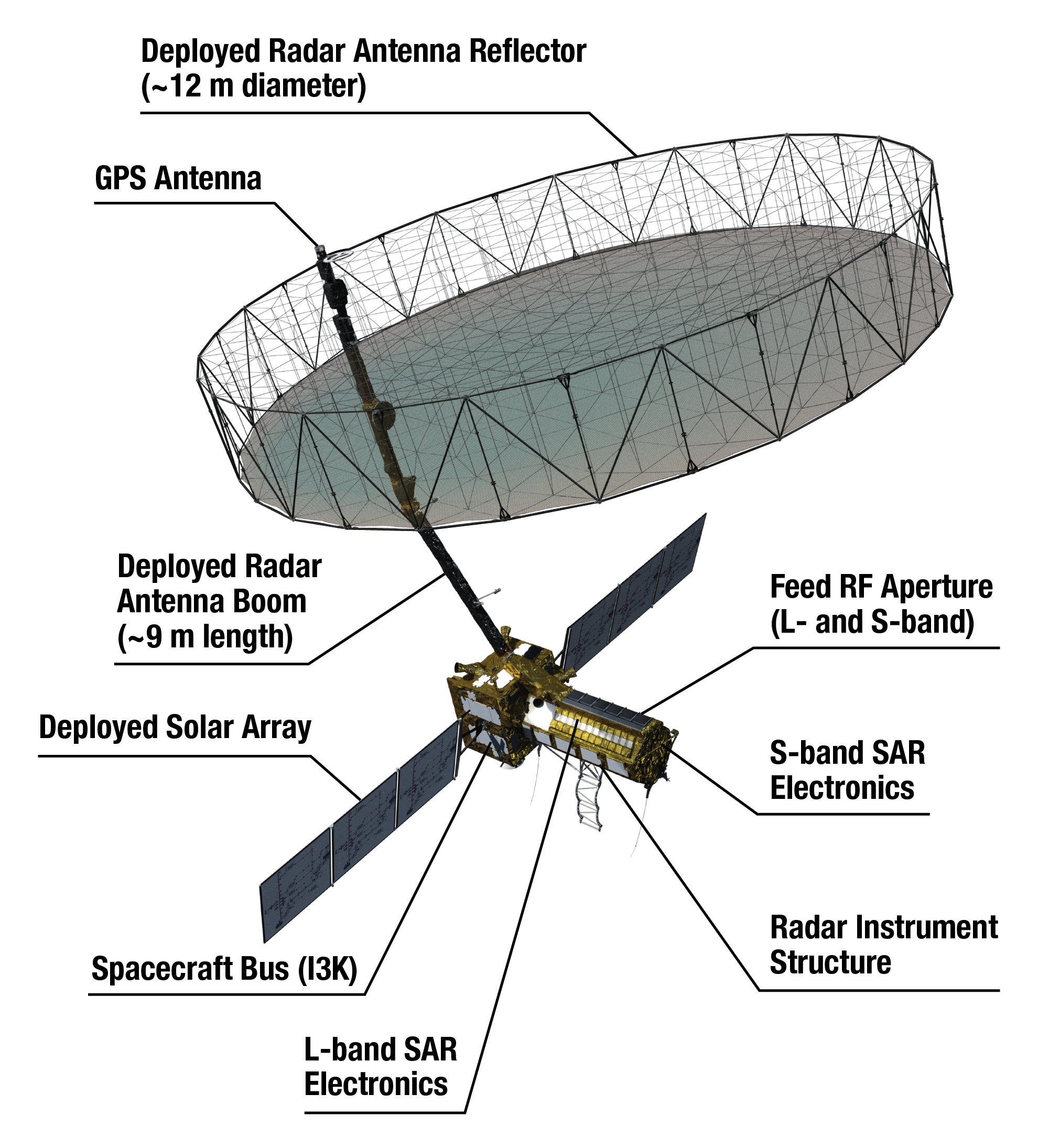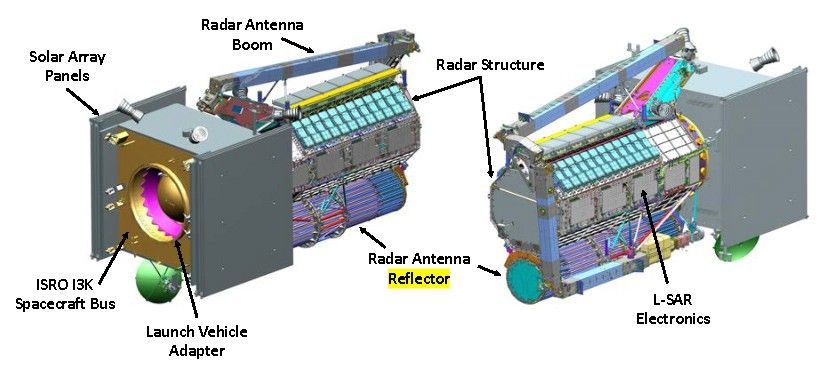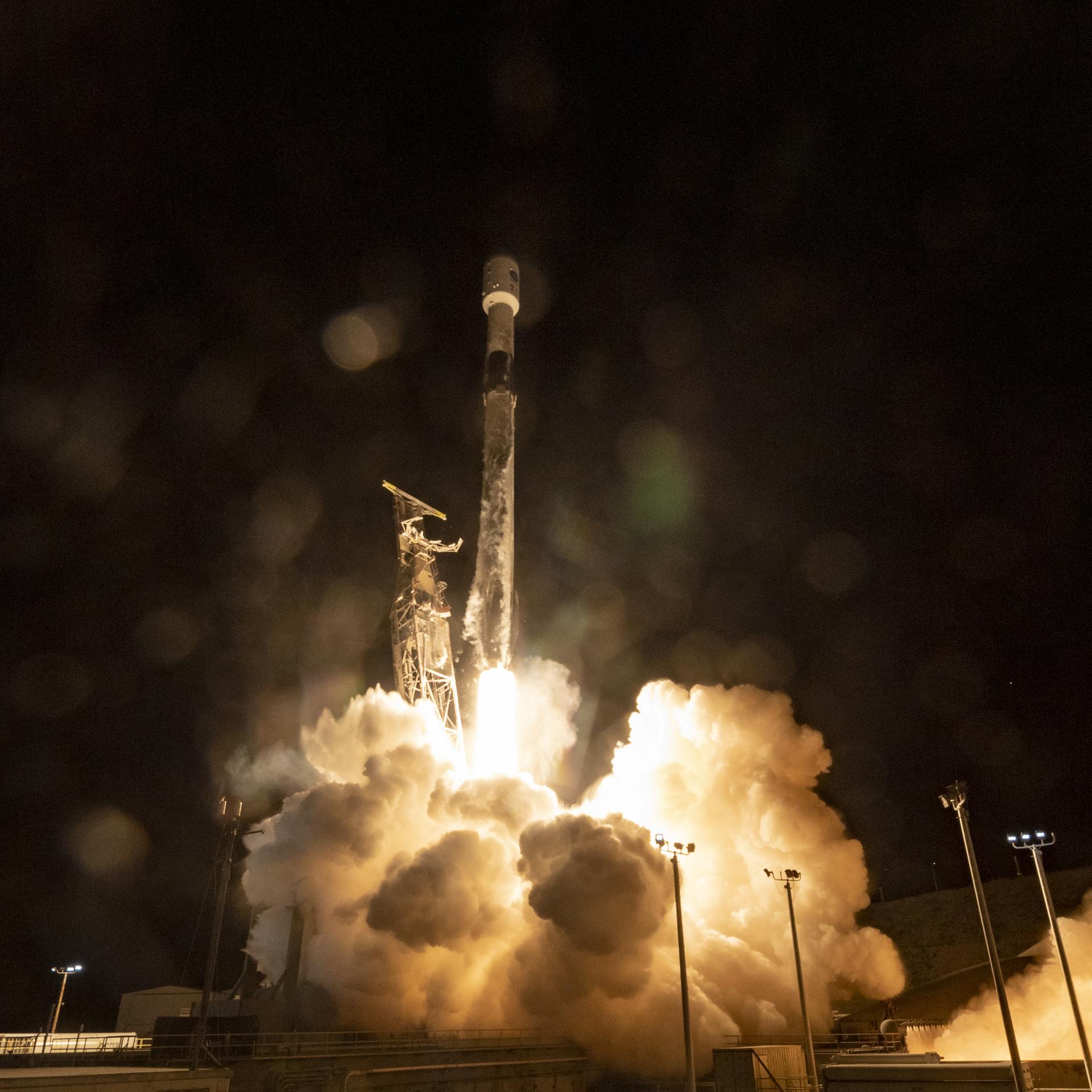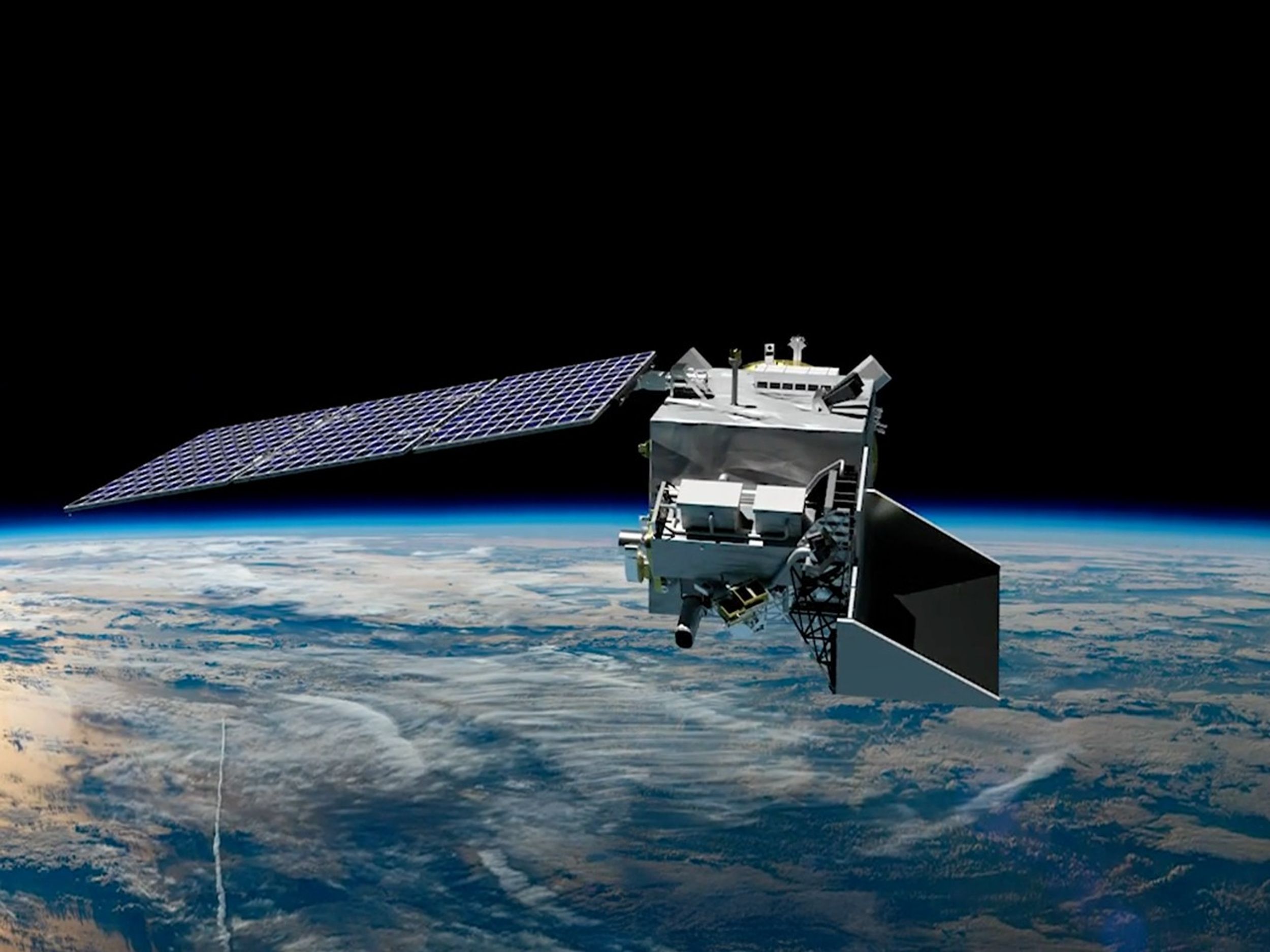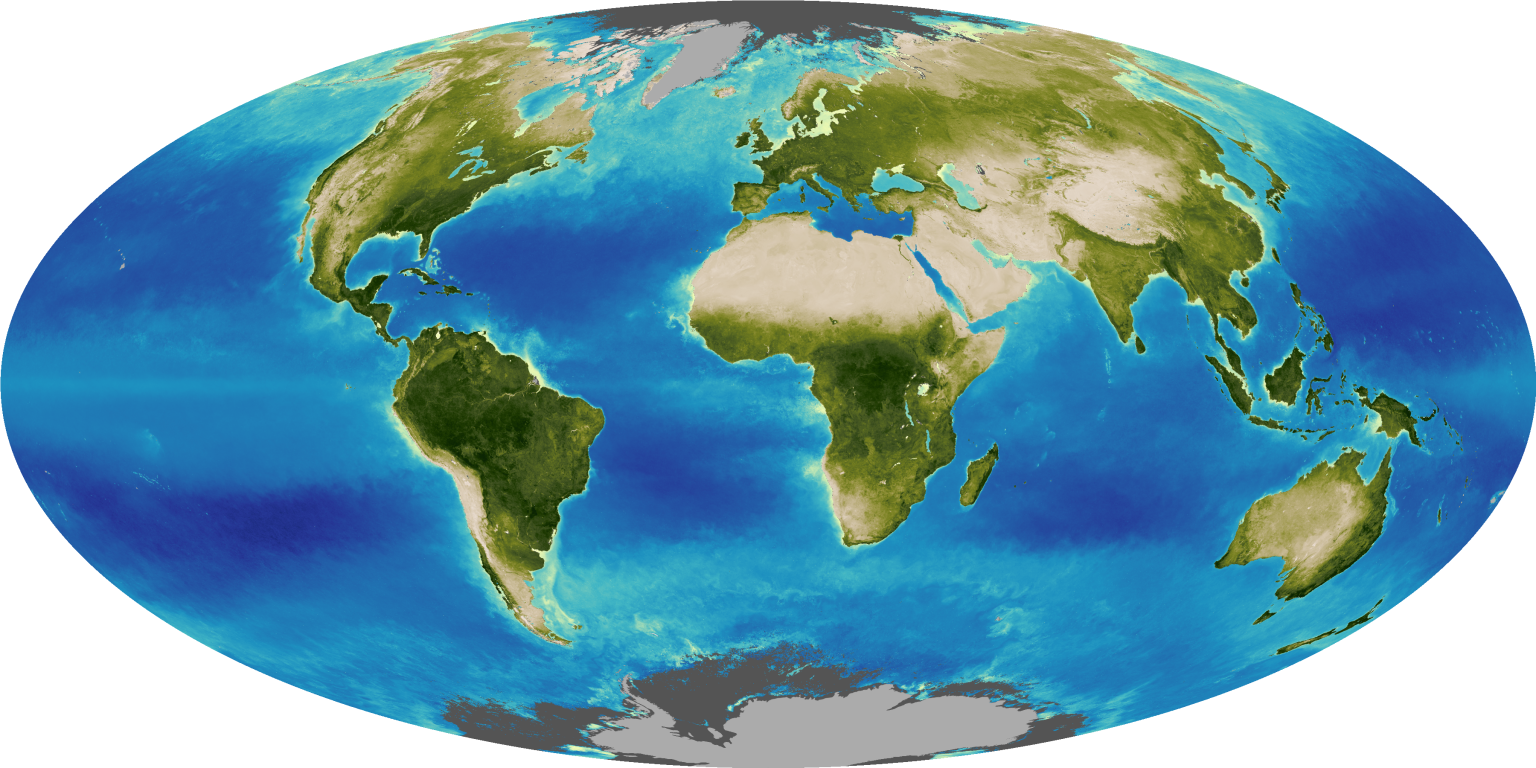About the NISAR Satellite
Observatory
The NISAR spacecraft will accommodate two fully capable synthetic aperture radar instruments (24 cm wavelength L-SAR and 10 cm wavelength S-SAR), each designed as array-fed reflectors to work as SweepSAR scan-on-receive wide swath mapping systems. The spacecraft will launch on an ISRO GSLV-II launch vehicle into a polar sun-synchronous dawn dusk orbit.
NASA contributions include the L-band SAR instrument, including the 12-m diameter deployable mesh reflector and 9-m deployable boom and the entire octagonal instrument structure. In addition, NASA is providing a high capacity solid-state recorder (approximately 9 Tbits at end of life), GPS, 3.5 Gbps Ka-band telecom system, and an engineering payload to coordinate
command and data handling with the ISRO spacecraft control systems. ISRO is providing the spacecraft and launch vehicle, as well as the S-band SAR electronics to be mounted on the instrument structure.
The NISAR system comprises a dual frequency, fully polarimetric radar, with an imaging swath greater than 150 miles (240 km). This design permits complete global coverage every 12-days, allowing researchers to create time-series interferometric imagery and systematically map the changing surface of Earth. The satellite will be three-axis stabilized, that is, using reaction wheels that rotate to keep it correctly oriented to Earth and Sun. It will be launched into a polar Sun-synchronous dawn-dusk orbit (crossing the poles, trailing Earth's shadow to remain in a perpetual sunrise or sunset).
After a 90-day commissioning period, the mission will conduct a minimum of three full years of science operations with the L-band radar to satisfy NASA’s requirements, while ISRO requires five years of operations with the S-band radar. If the system does not use all its fuel reserves during the mission, operations may be extended further for either radar instrument.
Radars
The NISAR spacecraft will accommodate two fully capable synthetic aperture radar (SAR) instruments. The radars are designed to work independently or together and are self-contained units up to the point of radiating energy (sending a signal) to the shared reflector.
The focus of NASA's science goals for NISAR is the 24-cm-wavelength, side-looking, fully polarimetric, interferometric L-SAR supplied by JPL. The L-SAR will be used globally to meet all of NASA’s science requirements. Current mission observing scenarios call for the instrument to be on while collecting data for 45 to 50% of each orbit on average, with peaks as high as 70%.
The L-SAR is capable of 242-kilometer swaths with 7-meter resolution along track (the direction of travel) and 2- to 8-m resolution cross-track, depending on the viewing mode. This radar comprises 24 L-band transmit/receive array elements in 2 rows, 12 per polarization.
From the NISAR science orbit, the instrument’s pointing accuracy is such that the L-SAR data can be used to produce repeat-pass interferograms sensitive to large-scale land deformation rates as small as 4 mm/year. To meet the requirements of all science disciplines, the L-SAR radar instrument is designed to deliver fast sampling, global access and coverage, at full resolution and with polarimetric diversity. The technological innovation that allows this performance is the scan-on-receive “SweepSAR” design.
The 12cm wavelength S-SAR supplied by ISRO is the secondary radar and is composed of 48 S-band transmit/receive array elements in 2 rows, 24 per polarization. The S-SAR will be used to produce data over science areas of interest to India that are above and beyond the NASA requirements. The areas include coastal bathymetry (depth of water) and ocean winds, geology over India, and coastal shoreline studies. The S-band is also sensitive to light vegetation and will be used in polar regions, as its signal is less sensitive to ionospheric disturbances.
Antenna Reflector
The NISAR observatory’s most prominent feature is the large 39-foot (12 m) stationary antenna reflector mounted on a 30-foot (9 m) boom. The reflector is made of a gold-plated wire mesh that focuses the radar signals emitted and received by the upward-facing feed on the instrument structure. During the transmit phase, a radar signal is sent up to the reflector, which focuses and bounces it down to Earth at an angle, illuminating a 150-mile (242 km) swath. Radar signals bouncing upward off the ground hit the reflector and are focused back onto the radar feed to be processed.
The challenges of such a large antenna include stowing (folding) it to fit within the small space in the launch vehicle fairing and deploying it in multiple steps, during which it expands and locks into place much like a folding camp chair. NISAR’s antenna is of the same material and similar design as NASA’s Soil Moisture Active Passive (SMAP) mission (but it does not spin like SMAP’s). The reflector is built by Astro Aerospace in Carpinteria, California, a Northrop Grumman company, and supplied as part of NASA’s contribution to the mission.
The radar instruments and boom supporting the reflector are mounted to an octagonal instrument structure provided by NASA.
Spacecraft and Subsystems
The coordination of technical interfaces among subsystems is a major focus area in the NASA-ISRO partnership.
ISRO provides the heritage spacecraft bus, to which the octagonal instrument structure attaches. The bus includes all systems required for central command and data handling, uplink and downlink, propulsion, and attitude control. The large solar arrays attach to the spacecraft bus and are folded for launch and deployed upon the spacecraft reaching orbit. The solar arrays provide power for all subsystems, including the L-band and S-band radars, which require substantial average power for operation on-orbit.
The spacecraft bus’s Attitude and Orbit Control Subsystem (AOCS) is designed to address several critical science-enabling functions:
- It must fly along the same orbit to within narrow tolerances (1640 ft/500 m) over the life of the mission.
- It must be able to control the attitude of the observatory as a whole to point at a fixed angular location relative to an ideal orbit track and nadir at any given point on orbit.
- It must be able to slew and hold attitude to observe Earth from both sides of the orbit plane.
For orbit control, there is sufficient fuel to accommodate at least five years of operations at the chosen orbit altitude. The propulsion system is agile enough to perform the necessary small orbit control maneuvers every few days that are required to maintain the strict orbital tube requirements.
The baseline science observation plan calls for up to 26 terabits (Tb) per day of radar data collection, downlink and processing. This plan drives the spacecraft design to include a Ka-band telecom system to accommodate the high bandwidth requirements. NASA is supplying a high-capacity/high-speed solid-state recorder (9 Tb at end of life) and high-rate Ka-band payload communication subsystem to manage the large amount of data collected.
NASA augments the ISRO spacecraft capability with GPS receivers, providing GPS time message and a 1 pulse per second (PPS) signal to the spacecraft and radar instruments, allowing precision orbit determination and onboard timing references. Also supplied is the pyro firing system for boom and antenna deployments and a payload data system that monitors and controls the NASA systems and handles communications between all of the NASA systems and the ISRO spacecraft bus.

